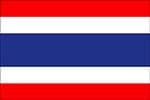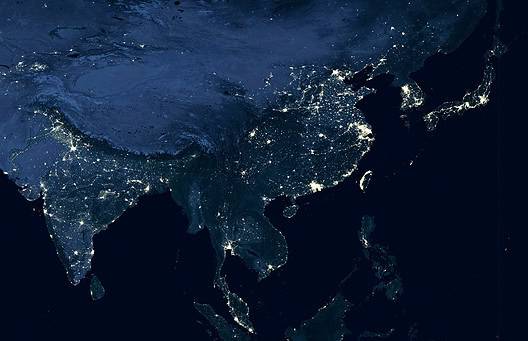Includes historical data for Thailand’s Gross Domestic Product growth, debt-to-GDP ratio and more, as well as information on trade, banking and financial sector leadership.
Reforms Produce High Economic Growth
Positioned strategically as a regional hub with access to major Asian markets, Thailand’s free-market economy and pro-investment policies have created an environment conducive to economic dynamism. In recent decades, Thailand has not only achieved consistently high growth rates but also implemented structural reforms that have significantly reduced poverty levels, allowing it to transition from a low-income nation to an upper-middle-income economy in 2011. With its exports spanning diverse sectors, well-capitalized commercial banks, and well-developed infrastructure, it attracts substantial foreign direct investment (FDI).
Nevertheless, Thailand faces several challenges. Weaknesses include heavy reliance on international trade, political instability, substantial informal labor activity, as well as an aging population and the increasing frequency of natural disasters.
Thailand GDP & Economic Overview
Macroeconomy & Sovereign Data
| Type of Government | Constitutional monarchy |
|---|---|
| Capital | Bangkok |
| Sovereign Ratings |
S&P: BBB+ Moody’s: Baa1 Fitch: BBB+ |
| Total Population | 70.3 million |
| Median Age | 40.2 |
| Adult Per Capita Income (PPP) | 21,126.00 |
| Total GDP (2023) | 543.2 billion |
Most Recent Content
Thailand
Banking & Finance
Trade & Investment
| Total Exports | USD 294.3 billion (2022) |
|---|---|
| Leading Exports |
Office Machinery/Parts Cars And Vehicle Parts Integrated Circuits Delivery Trucks Refined Petroleum Rubber |
| Total Imports | USD 347.1 billion (2022) |
| Leading Imports |
Crude Petroleum Integrated Circuits Natural Gas Vehicle Parts Gold |
Source: IMF, CIA The World Factbook
Thailand Leading Companies
| Bangkok Bank | Financials |
|---|---|
| Bangkok Bank | Financials |
| PTT | Energy, Oil & Gas Exploration & Production |
| Charoen Pokphand Foods | Consumer Staples, Food Products |
| Bangchak Corporation | Energy, Oil & Gas Refining & Marketing |
| Advanced Info Service (AIS) | Telecommunication Services |
| Thai Airways | Transportation, Airlines |
Major Trade Partners — Import
| China | 24.8% |
|---|---|
| Japan | 13.3% |
| United States | 5.4% |
| Malaysia | 4.5% |
| Other Asia | 3.9% |
Major Trade Partners — Export
| United States | 15.5% |
|---|---|
| China | 13.7% |
| Japan | 9.2% |
| Vietnam | 4.6% |
| Malaysia | 4.5% |
Data Sources:
UN World Population Prospects
World Inequality Report
S&P Global Ratings
Moody’s
Fitch Ratings
IMF Direction of Trade Statistics (DOTS)
UN Conference on Trade and Development (UNCTAD)
CIA The World Factbook
World Bank’s World Integrated Trade Solution
Forbes Global 2000




